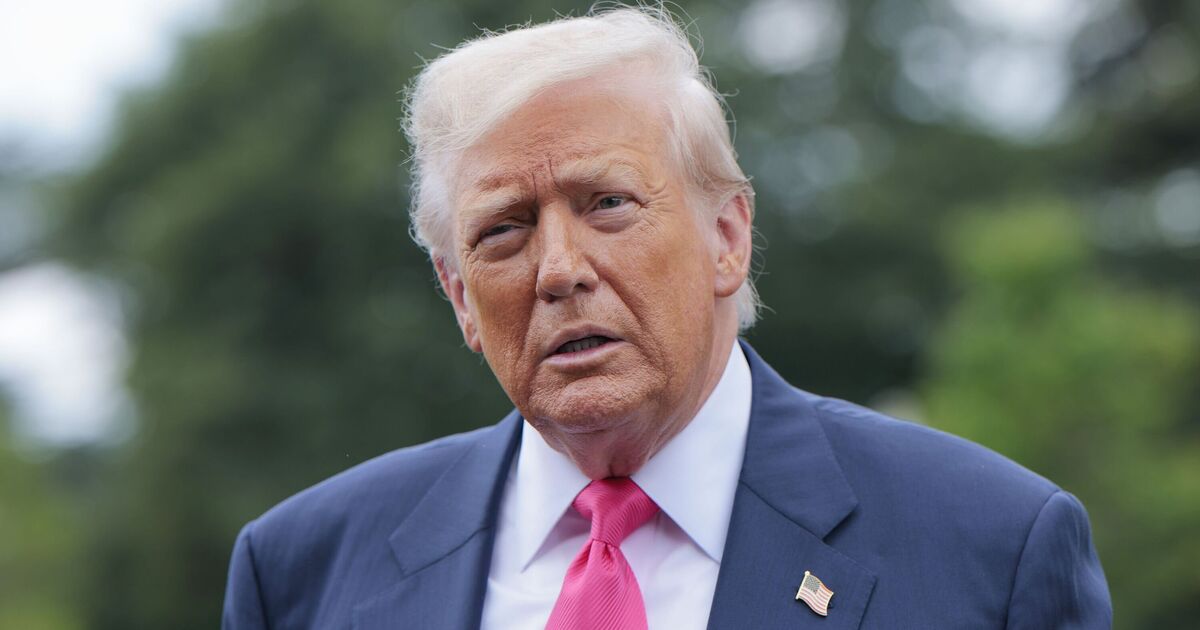T4K3.news
Tariffs Revenue Under Spotlight After Trump Claim
New data show tariff revenue is growing but falls short of the trillions claimed; projections remain debated.
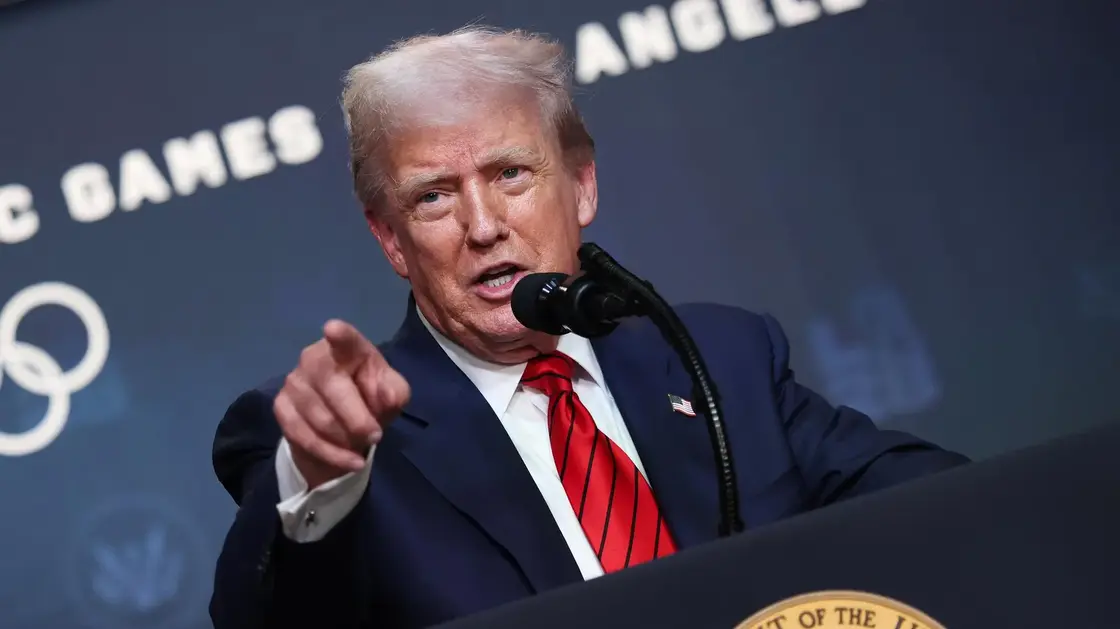
A closer look at tariff revenue data and the broader cost of Trump’s tariff policy for consumers and the economy.
Tariffs Revenue Under Spotlight Following Trump Claim
Trump has described tariff receipts as a windfall for the U.S. treasury, claiming trillions of dollars in revenue. Data released this fiscal year show the U.S. has collected about $142 billion in tariff revenue so far, with roughly $96 billion since tariffs began in April. July customs duties reached $28 billion, continuing a sharp rise from earlier months. The figures illustrate a period of rising tariff intake, but they fall well short of the trillions cited by the president.
Treasury Secretary Scott Bessent has projected tariff revenue could reach about $300 billion per year, with possibilities of higher figures in 2026. Independent analyses, including the Tax Foundation and the Committee for a Responsible Federal Budget, project trillions in revenue over the next decade, though such gains come with higher costs for households as prices for some goods rise. Economists have debated how much tariffs contribute to inflation, noting mixed signals from July’s inflation data and remarks from Federal Reserve officials about the ultimate impact remaining uncertain. A separate parliamentary tangent notes talk of potential rebate checks if tariff revenue surpasses projections, though no legislation has moved forward.
Key Takeaways
"Trillions of dollars are being taken in on tariffs"
Trump on Truth Social asserting tariff revenue
"There’s a chance that could be higher"
Bessent on tariff revenue projections
"remain to be seen"
Powell on tariffs' inflation impact
The data complicates the president’s messaging. Tariffs generate real money for the treasury, but the receipts are a far cry from the long-term promises politicians sometimes promote. The key question is not whether tariffs raise money, but who ultimately pays the bill and how it reshapes consumers’ costs and business investment. In political terms, tariff revenue becomes a tool for argument, even as most households feel the higher prices at the checkout. The ongoing debate also highlights how forecast models depend on import volumes, prices, and global supply chains that can shift quickly in response to policy signals.
Beyond the numbers, the episode underscores a broader tension between revenue framing and economic reality. If tariff gains are contingent on continued import volumes, any downturn in demand or supply disruptions could erode expected receipts and widen the political rift between supporters and critics. The next calendar year will test whether the revenue narrative can hold as inflation dynamics and consumer behavior play out in real time.
Highlights
- Tariffs end up as a tax on everyday shoppers.
- The budget looks strong, the wallet looks lighter.
- Numbers tell a story the public will feel at checkout.
- Policy hype runs ahead of the receipts.
Political and financial sensitivity around tariff revenue claims
The article discusses politically charged claims about tariff revenue and uses official economic projections. The topic intersects with budget debates, inflation concerns, and public perception, creating potential political backlash and investor interest.
The numbers will matter, but the policy questions matter even more.
Enjoyed this? Let your friends know!
Related News
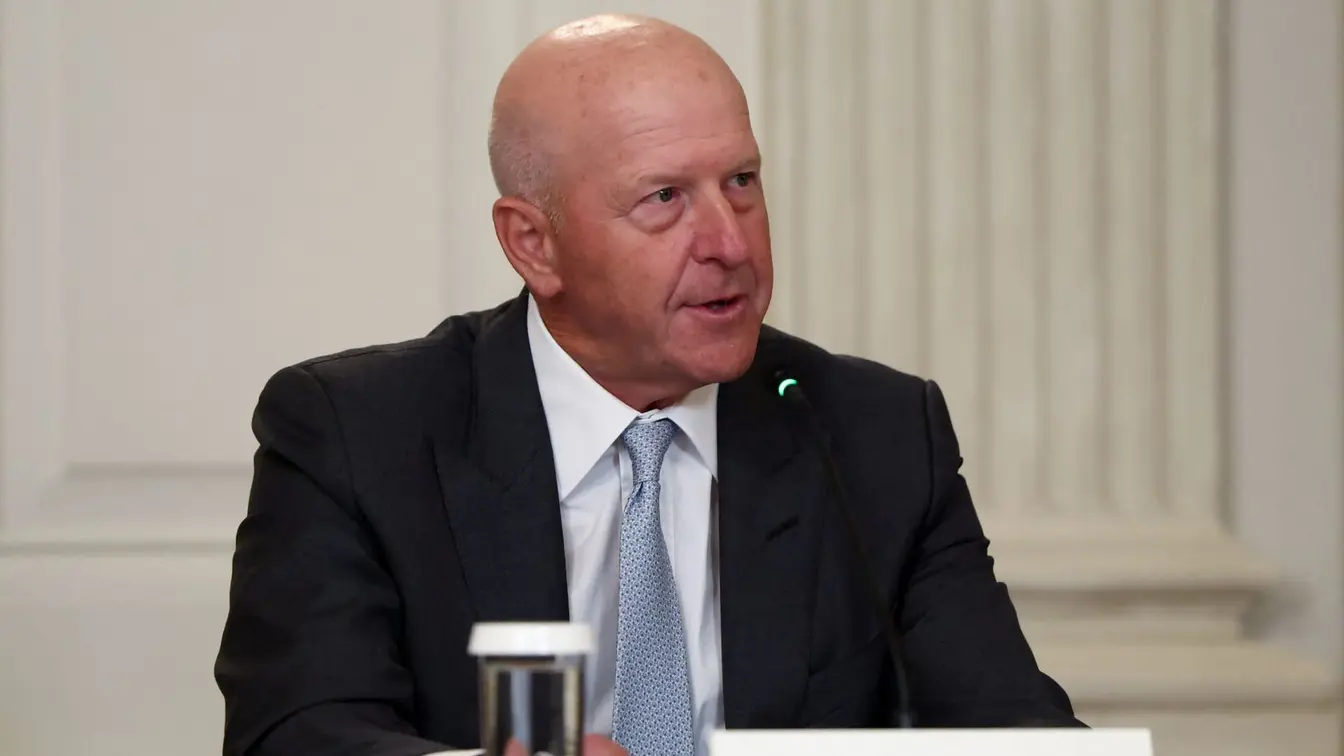
Tariff debate deepens

Elon Musk awarded shares worth $29 billion
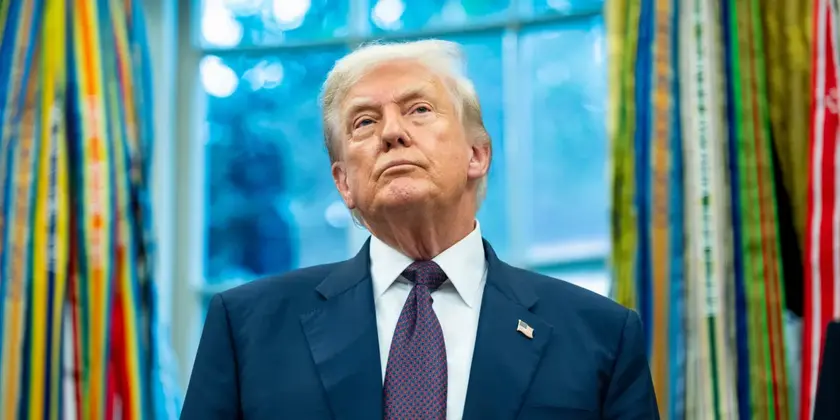
Debt tops 37 trillion as policy bets hinge on growth
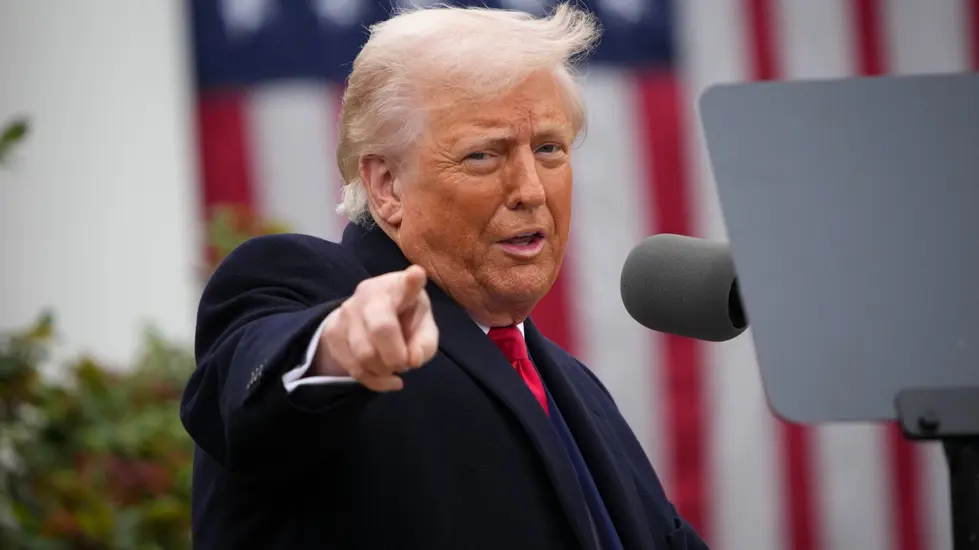
Trump's tariffs lead to economic uncertainty in the U.S.

Manufacturing revival linked to new US tariffs announced

Trump claims new tariffs are effective and successful

Las Vegas tourism drops tied to tariffs and rhetoric
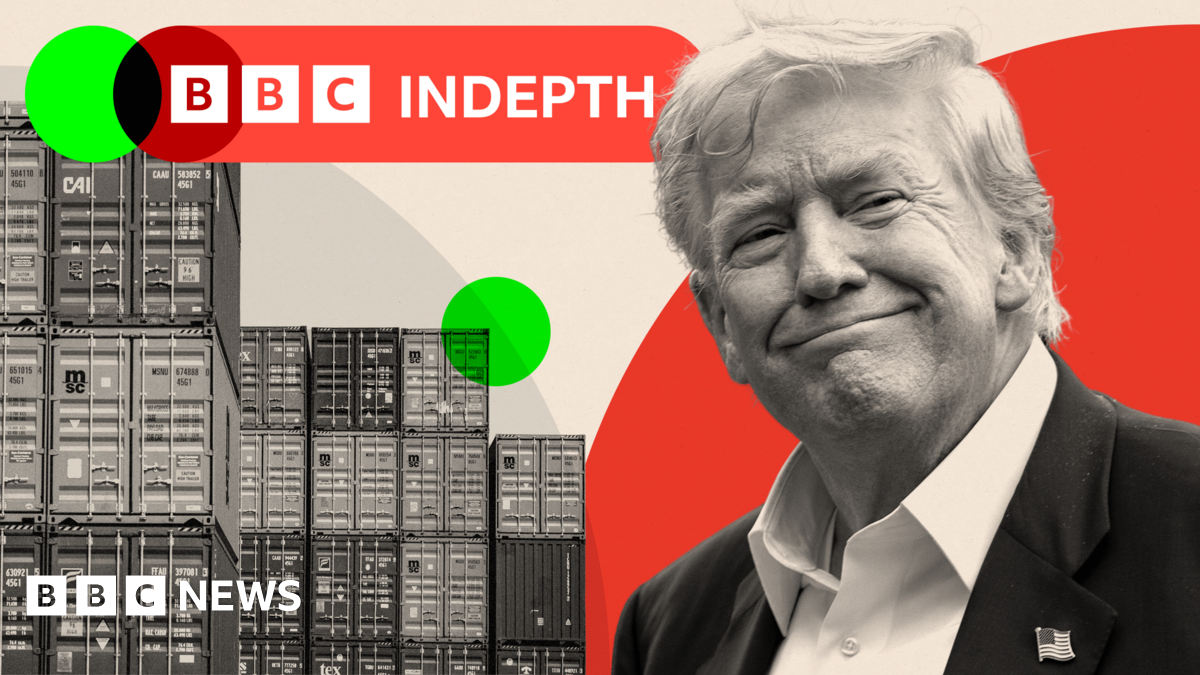
Trump claims victory with new tariffs and trade deals
